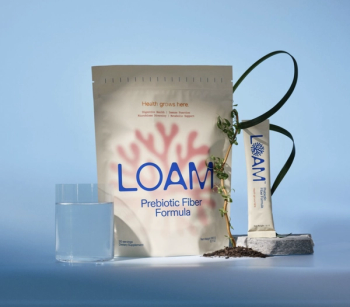
Bio-Cat’s new Bacillus subtilis BS50 probiotic strain shown safe in newly published manuscript
This new safety data on the proprietary BS50 strain is part of the evidence the company now has in hand as it seeks Generally Recognized as Safe status.
Bio-Cat Microbials LLC (Shakopee, MN) announced publication of safety data backing its new microbial strain, Bacillus subtilis BS50. This new safety data on the proprietary BS50 strain is part of the evidence the company has in hand as it seeks Generally Recognized as Safe (GRAS) status.
The study was published in Microorganisms.1 Researchers used in silico analyses to screen the strain for known Bacillus toxins, secondary metabolites, virulence factors, and antibiotic resistance. “We also assessed the effects of BS50 lysates on the viability and permeability of cultured human intestinal epithelial cells (Caco-2),” they wrote. “We found that the BS50 genome does not encode any known Bacillus toxins.” They concluded that, “Altogether, BS50 exhibits a robust preclinical safety profile commensurate with commercial probiotic strains and likely poses no significant health risk to humans.”
“We are proud to announce the safety and efficacy of our newest strain,” said Jessica Spears, PhD, director of R&D, Bio-Cat Microbials (BCM), in a press release. “This is the culmination of many months of screening and development, and represents yet another example of BCM’s continued strain development.”
During the company’s strain screening process, “BCM utilizes in-house nanopore sequencing technology to sequence the complete genome of each strain,” the company said in a press release.
Reference
- Brutscher LM et al. “
Preclinical safety assessment of Bacillus subtilis BS50 for probiotic and food applications .” Microorganisms. Published online May 17, 2022.
Newsletter
From ingredient science to consumer trends, get the intel you need to stay competitive in the nutrition space—subscribe now to Nutritional Outlook.





